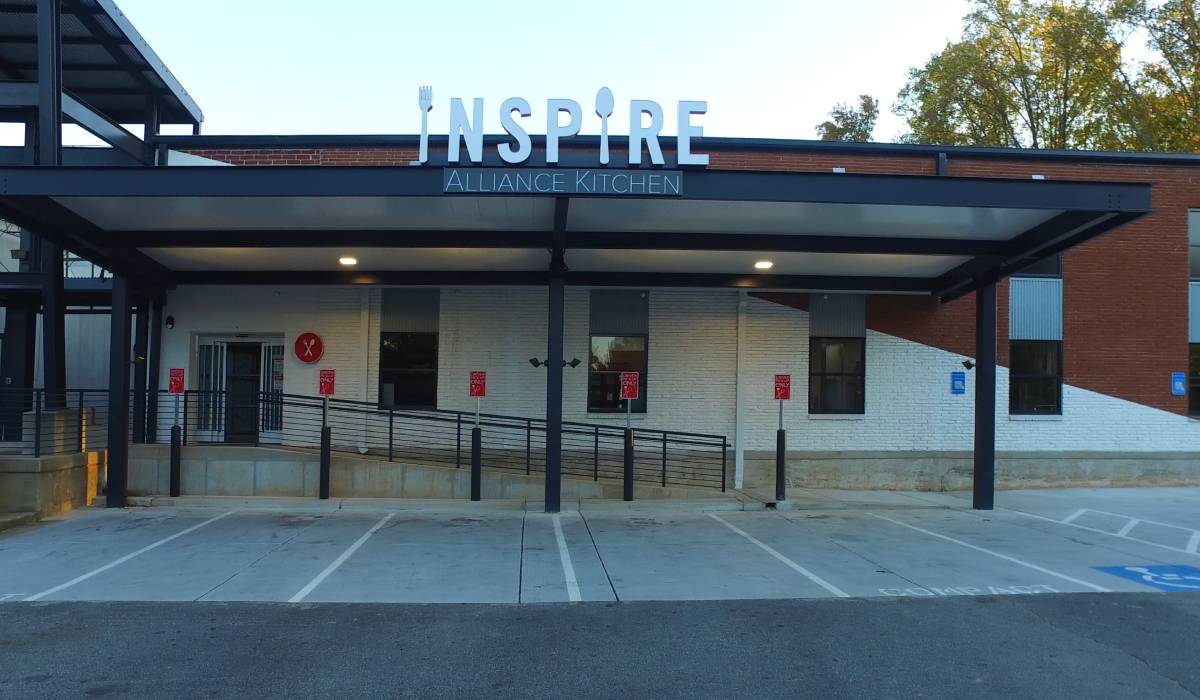Over the last two years, we’ve seen the rapid rise of new business models aimed at meeting the evolving needs of restaurants amid labor shortages and the changing behaviors and desires of consumers. From technology to techniques, restaurant operators are exploring a wide array of innovations to accommodate the new food services industry landscape. For example, some restaurants are leveraging robots and AI to address staffing needs and consumers’ desire for a safer dining experience.
At the same time, we’ve also seen a rise in meal boxes and kits as restaurants, bakeries and pizzerias given customers the tools to cook their favorite takeout meals at home. Even fine-dining establishments are tossing out old approaches, transforming their menus to cater to consumers’ desire for more comforting meals they can enjoy right at home.
The quick-service restaurant industry is seeing similar disruption of traditional business models through one innovation in particular—the ghost kitchen.
The Evolution of Ghost Kitchens Over the Last Two Years
With the pandemic fueling their adoption, getting consumers comfortable with dining in (even on fancy fare!), ghost kitchens are quickly becoming a popular option among quick-service restaurant customers. Today, everyone from the working professional and gen-Zers to the busy family, and even grandma and grandpa are using online delivery. As such, these delivery-only business models have seen significant growth as the reach of third-party delivery apps like Postmates and DoorDash, eliminate past challenges such as customer accessibility.
However, while there has been a recent pandemic-induced surge of online deliveries with a 43 percent increase in consumers’ weekly takeout or delivery orders, this concept isn’t new. Even before the pandemic, the popularity of ghost kitchens’ was already on the rise with global delivery sales more than doubling between 2014 and 2019, according to Euromonitor.
The interest in ghost kitchens represents a new era of innovation as the industry aims to serve up new operating models and offerings that meet the changing behaviors and desires of guests. This phenomenon is expected to create a $1T global opportunity within the next decade, helping quick-service restaurants rapidly capture 50 percent of drive-thru service and takeout foodservice markets, respectively, and 25 percent of the dine-in foodservice market.
These potential impacts unlock a new set of considerations for industry leaders around operating efficiencies, labor requirements, and marketing spend. To stay relevant in an evolving landscape, quick-service restaurant marketers must explore the tremendous opportunity surrounding ghost kitchens, zooming in on its benefits for marketing brands as they gain the ability to reach new locales and customer segments and introduce expanded offerings.
With all of these factors in mind, where do marketers even begin to identify optimal ghost kitchen marketing tactics?
How Restaurant Marketers Can Optimize Ghost Kitchens to Broaden their Reach
There is ample opportunity for marketers to take advantage of the ghost kitchen phenomenon, especially without the limitation of a specific location. Because of this, there is more space to make digital investments that will drive customer acquisition, brand awareness and sales.
Here are three ways that marketers can optimize their brand reach with ghost kitchens:
Investing In A Digital Presence – Without the traditional brick-and-mortar locations, ghost kitchens will need consistent social media promotion and third-party app advertising to boost brand visibility. Fortunately, most consumers are already active on social platforms, so the biggest key here is consistency. Thinking more long-term, it’s also worth noting that marketers can promote their own social apps on the larger ones to drive traffic back to their brand-owned assets.
Cost-Effective Market Expansion The decrease in overhead costs from running a traditional dine-in restaurant makes way for more money to be allocated towards market expansion. Ghost kitchens are experimental by nature, so this is the perfect environment to test different consumer markets and products without the timely and financial pressures of in-person launches.
More Extensive Brand Segmentation – Marketers can create multiple digital brands under one core brand, which enables them to cater to different audiences that haven’t previously considered them. The menus can be more dynamic, which not only attracts dynamic customers but also speaks to more cost-efficient product testing, as highlighted above.
The digital climate has invited a whole new world of marketing innovation, so it’s crucial to move quickly and with intention, if you want to become a marketing force in this advancing ghost kitchen climate.
Adam Herman is SVP, business strategy and development, of Goodway Group, a digital media partner based in New York.






